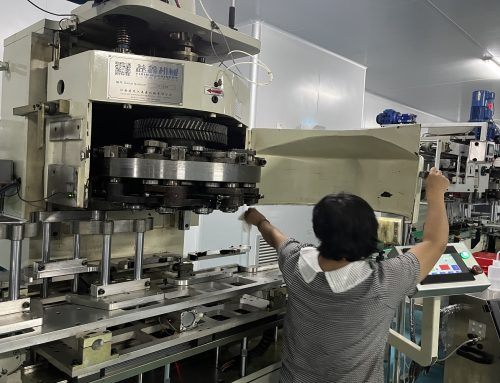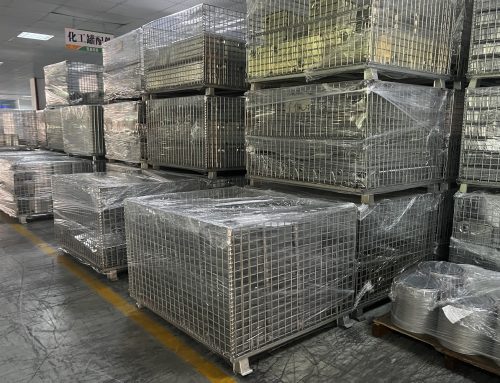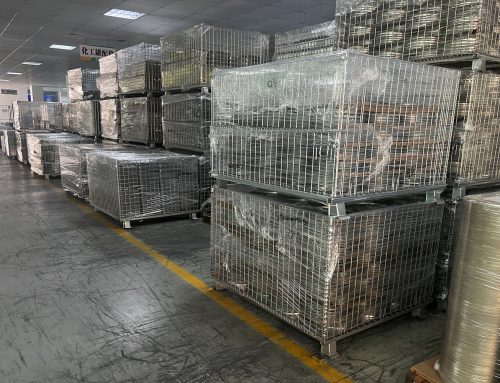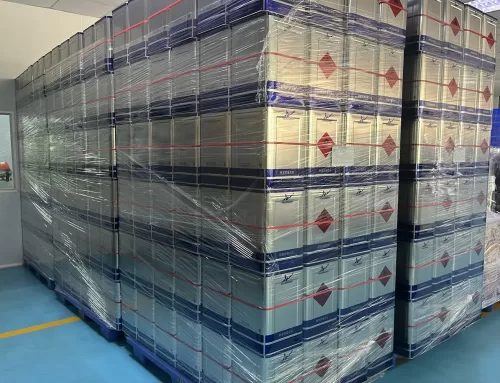Copper Wire in Can Production Copper wire is an indispensable auxiliary material used in the production of three-piece tinplate cans. In the manufacturing process, the copper wire travels between the upper and lower welding wheels on a resistance welding machine in a specific winding manner.
A low-voltage, high-current passes through the copper wire between the upper and lower welding wheels, welding the body of the tinplate can together.

During this process, the copper wire serves the following main purposes:
(1) Conducting welding current and welding pressure to the body of the tinplate can for the welding process.
(2) Capturing the molten tin from the tinplate and carrying it away to prevent tin contamination on the welding wheels. In theory, there is no loss of copper wire in the production process of three-piece tinplate cans. Pure copper wire used for welding in can containers should meet the requirements of GB/T 14251-1993. Internationally, most copper wire manufacturers adhere to industry standards. Special Recommendations for Copper Wire Diameter
For example:If the can diameter is greater than 105mm
If the can height is greater than 180mm (spray can)
If the thickness of the tinplate is greater than 0.20mm, and the welding speed is greater than 85mm/min
It is recommended to use copper wire with a diameter of 1.38mm. If the thickness of the tinplate is greater than 0.25mm, it is advised to use copper wire with a diameter of 1.50mm. If using copper wire with a diameter of 1.24mm, the wire forming width should be 1.84mm, and the welding wheel groove depth should be 0.30mm.
Packaging and Storage of Copper Wire:
Bright copper wire is prone to corrosion, so it must be protected to prevent corrosion. Especially during storage, copper wire containers (barrels) should be stored in a dry room to avoid moisture. Moisture in copper wire can also result from temperature differences or opening the box too quickly upon receiving the wire.
The copper wire must be wound clockwise on the barrel with no tension and knots. During welding, the copper wire must smoothly unwind from the barrel without tangling, with speeds reaching up to 150m/min.




